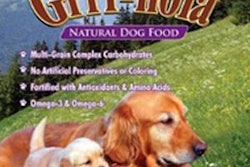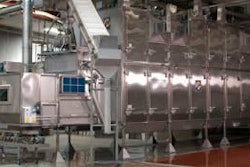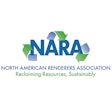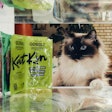Petfood plant owners looking for ways to modify existing facilities to accommodate new petfood processes must consider the challenges in doing so, due to many recent recalls for petfoods contaminated with Salmonella, says an article in Reliable Plant magazine.
Four primary contamination pathways must be examined to determine whether there is impact on sanitary operations: the path of the product from raw material to final product, surrounding process areas such as hallways and packaging, offices and exterior areas. The treatment of fines, product dust that collects at the bottom of all process and packaging equipment, may be another contamination pathway commonly overlooked.
Positive air pressure systems are often useful in retrofitting an existing petfood plant because they create a pressure differential between processing areas and outside spaces, which prevents airborne flow of contaminants to sanitary areas. In addition, facilities that typically clean with water and drain systems should consider alternatives to cleaning with water such as vacuum systems or pressurized carbon dioxide. Culture of the existing plant should be taken into account by educating plant personnel of sanitary practices and good manufacturing processes (GMPs) for petfood. Petfood plant owners may want to consult an experienced engineer who can bring knowledge gained from other related industries to modifying their existing plant.














